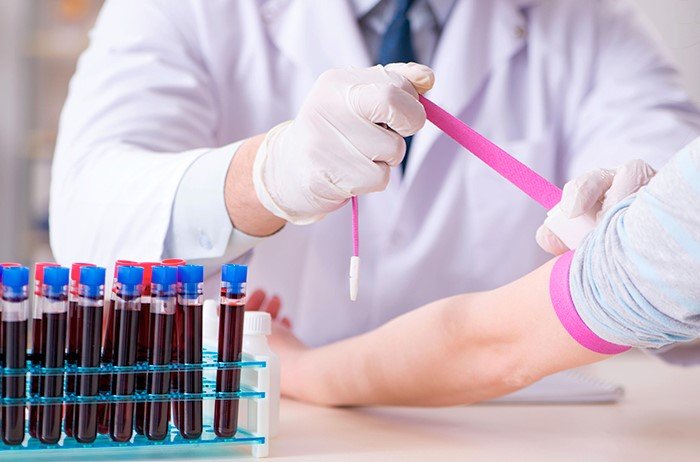Revolutionizing Nursing Practices in the US: Role of Mobile Health Technologies
Summary
- Mobile health technologies are revolutionizing nursing practices in the United States.
- Nurses can now access patient information, communicate with colleagues, and monitor vital signs remotely, leading to greater efficiency and improved patient care.
- The adoption of mobile health tools in hospitals can result in cost savings, reduced errors, and enhanced patient outcomes.
Introduction
Advancements in technology have transformed various industries, including healthcare. In the United States, the use of mobile health (mHealth) technologies is changing the way nurses deliver care to patients. Mobile health refers to the practice of medicine and public health supported by mobile devices, such as smartphones, tablets, and wearables. By leveraging these devices, nurses can access vital information, communicate with colleagues, and monitor patients remotely, leading to improved efficiency and better patient outcomes.
Benefits of Mobile Health in Nursing Practices
There are several key benefits of integrating mobile health technologies into nursing practices:
- Improved Access to Patient Information: With the use of mobile health apps, nurses can easily access patient records, medication lists, treatment plans, and other important information at their fingertips. This streamlined access to information allows nurses to make informed decisions quickly and provide better care to patients.
- Enhanced Communication: Mobile health tools enable nurses to communicate with colleagues, physicians, and other Healthcare Providers in real-time. Whether it's discussing a patient's condition, sharing lab results, or coordinating care plans, seamless communication can lead to more effective teamwork and improved patient outcomes.
- Remote Patient Monitoring: Through wearable devices and remote monitoring tools, nurses can track patients' vital signs, medication adherence, and overall health status outside of traditional healthcare settings. This capability allows nurses to detect issues early, intervene promptly, and prevent complications, ultimately leading to better patient care.
Challenges and Considerations
While mobile health technologies offer numerous advantages, there are some challenges and considerations to be aware of when implementing these tools in nursing practices:
- Security and Privacy Concerns: As nurses access sensitive patient information on mobile devices, data security and privacy become critical concerns. Hospitals must ensure that proper encryption, authentication, and data protection measures are in place to safeguard patient data from breaches and unauthorized access.
- Training and Education: Nurses need to be trained on how to effectively use mobile health technologies to maximize their benefits. Proper training programs and ongoing education initiatives are essential to help nurses understand the functionalities of these tools and integrate them seamlessly into their Workflow.
- Interoperability Issues: Healthcare systems often use different electronic health record (EHR) systems and software platforms, which can lead to interoperability challenges when attempting to integrate mobile health apps. Hospitals must work towards standardizing data formats and promoting interoperability to ensure seamless communication and data exchange between systems.
Case Studies
Several hospitals and healthcare organizations in the United States have successfully implemented mobile health technologies in their nursing practices. Here are a few examples:
- Mayo Clinic: Mayo Clinic, a renowned healthcare institution, has developed a mobile app called Patient Online Services, which allows patients to access their medical records, schedule appointments, and communicate with their care team. Nurses at Mayo Clinic use this app to engage with patients, provide education, and coordinate care plans more efficiently.
- Johns Hopkins Hospital: Johns Hopkins Hospital has implemented a remote monitoring program for patients with chronic conditions, such as heart failure and diabetes. Nurses use wearable devices to track patients' vital signs, symptoms, and medication adherence remotely, allowing for early intervention and personalized care management.
Conclusion
Mobile health technologies are reshaping nursing practices in the United States, offering numerous benefits and opportunities for improving patient care. By leveraging mobile devices, nurses can access patient information, communicate effectively, and monitor vital signs remotely, leading to greater efficiency, reduced errors, and enhanced outcomes. As healthcare organizations continue to adopt mHealth tools, nurses must embrace these technologies and adapt to new ways of delivering care in the digital age.

Disclaimer: The content provided on this blog is for informational purposes only, reflecting the personal opinions and insights of the author(s) on the topics. The information provided should not be used for diagnosing or treating a health problem or disease, and those seeking personal medical advice should consult with a licensed physician. Always seek the advice of your doctor or other qualified health provider regarding a medical condition. Never disregard professional medical advice or delay in seeking it because of something you have read on this website. If you think you may have a medical emergency, call 911 or go to the nearest emergency room immediately. No physician-patient relationship is created by this web site or its use. No contributors to this web site make any representations, express or implied, with respect to the information provided herein or to its use. While we strive to share accurate and up-to-date information, we cannot guarantee the completeness, reliability, or accuracy of the content. The blog may also include links to external websites and resources for the convenience of our readers. Please note that linking to other sites does not imply endorsement of their content, practices, or services by us. Readers should use their discretion and judgment while exploring any external links and resources mentioned on this blog.
